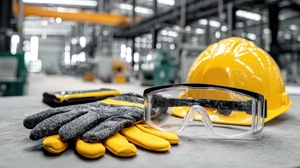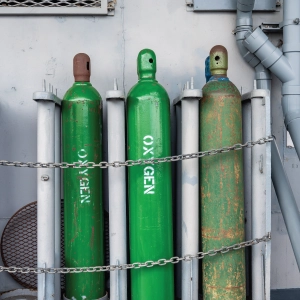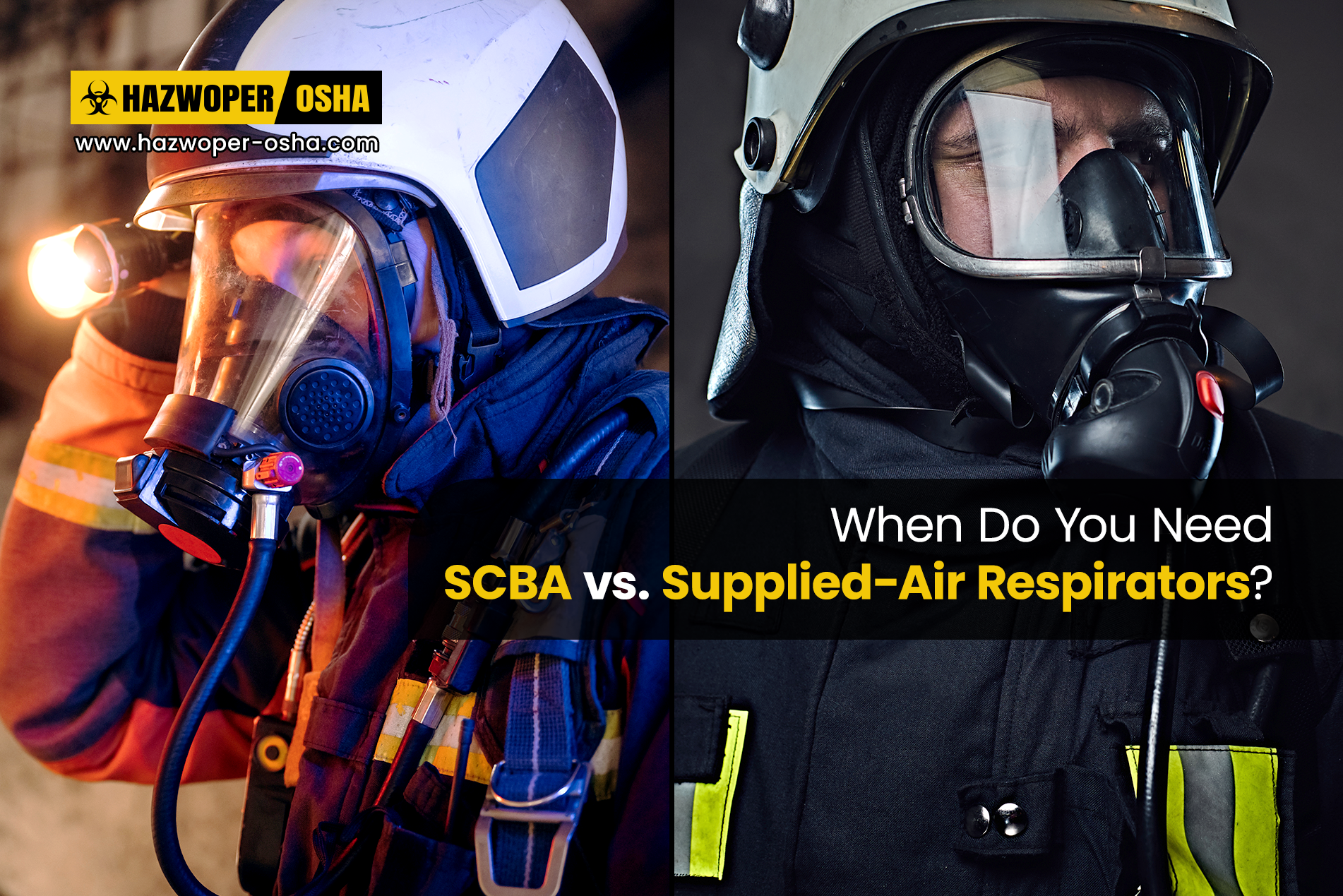Inherent Dangers of Working in a Confined Space
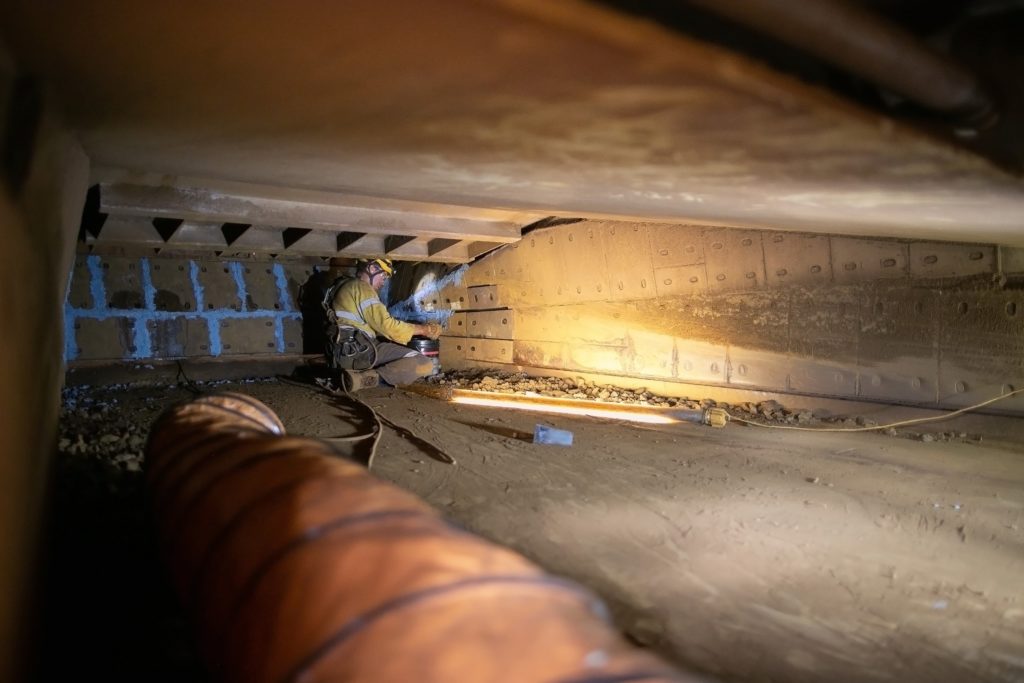
What comes to mind when you hear the term ‘confined space’? A small area. Not enough area to do something or keep something. Limited area to work in. Well, all these descriptions would be acceptable for a layman. However, employees who regularly or periodically work in a confined space would most likely explain a confined space as an area that has limited access and may not necessarily be designed to be used by people, but may nevertheless, be used by workers who are required to carry out certain specified job tasks within such an area (OSHA, n.d.).
From this explanation, we also realize that a confined space is not restricted to any one occupation or industry. Confined spaces are found in most workplaces, as well as in schools, offices, homes, and even in ships and cargo vessels.
Here are some examples of confined spaces:
- HVAC Ducts,
- Crawl Spaces,
- Underground Tanks,
- Manholes,
- Attics,
- Ceilings,
- Concrete Pier Columns,
- Turbines, and
- Drilled Shafts.
What is a Confined Space?
This explanation given above is very much aligned with what the Occupational Health and Safety Administration (OSHA) describes as a confined space. According to OSHA, to designate an area as a confined space, this area must meet the following three criteria.
- Be large enough and so configured that an employee can fully enter it;
- Have limited or restricted means of entry and exit; and
- Not be designed for continuous occupancy (OSHA, n.d.).
Furthermore, confined spaces are generally grouped into the following two categories:
- Open-top enclosures that are deep enough to restrict the natural flow of air (e.g., pits and excavations).
- Areas with limited entry and exit points (e.g., silos, tanks, storm drains, silos, elevator shafts, and transformers).
Confined Space Hazards
Employees working in confined spaces are faced with myriad hazards including noxious vapor, fires, explosions, and lack of oxygen, as well as physical hazards. The dangerous circumstances workers encounter is linked to the type of work processes being done, the materials and tools being used, the goods being stored, and the general environment of the space. Besides, there can be instances when atmosphere contamination may occur due to manufacturing processes and other activities being carried-out nearby producing poisonous gases that invade and collect in confined spaces. If confined spaces are below ground such as underground pipelines or drill holes, then there is also the possibility for natural gas leakage from the earth being collected in such areas.
Sometimes, the prevalent hazards in confined spaces are not easily seen. For example, a fire can suddenly occur due to a spark from welding work igniting a rag or a flammable chemical used or stored in the space, or a gasoline leak may occur and seep into a confined space.
We can broadly divide confined space hazards as atmospheric hazards and physical hazards. These two groups of hazards are further explained below.
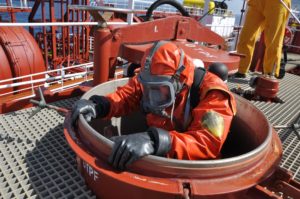
- Flammable Atmosphere – This type of atmosphere would usually contain flammable gas, vapor, or mist which has a higher probability of igniting due to the quantity in the atmosphere exceeding 10 percent of its lower flammable limit (LFL).
- Toxic Atmosphere – According to OSHA’s standard for confined spaces, this type of atmosphere is immediately dangerous to life or health (IDLH) as it is contaminated with a poisonous gas that is above the permissible exposure limit (PEL) and can cause physical harm to humans. Such toxic gases are generally categorized as an asphyxiant or irritant.
- Oxygen-Deficient or Oxygen-Enriched Atmosphere – This condition is quite self-explanatory. While human beings require oxygen to breathe, less oxygen, as well as excess oxygen, can both be harmful to human health. Furthermore, such atmospheres can also cause non-physical hazards in confined spaces. However, it must be noted that OSHA specifies when an atmosphere may be considered oxygen-deficient (when oxygen concentration is below 19.5 percent) and when it is considered oxygen-enriched (over 23.5 percent).
- Airborne Combustible Dust Particles in the Atmosphere – This causes issues of lowered vision which can lead to accidents and due to the dust being combustible, there is a probability that a fire or explosion may occur. Again, OSHA specifies that the dust concentration level would be considered hazardous only when it meets or exceeds its LFL which is set at the point where a person is unable to see past 5 feet ahead.
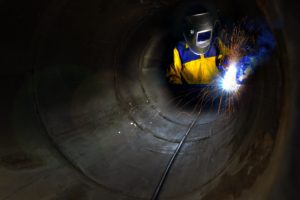
- Explosions – A flammable atmosphere or use of flammable chemicals and fire-causing processes may cause an explosion resulting in the death of a worker, the worker being seriously burned, or at the very least, suffering from smoke inhalation.
- Engulfment – This is where a worker may be drowned by what is stored in a confined space. For example; a grain load falling on a worker doing some repair work in a silo and causing the grain dust to be inhaled and blocking his respiratory system making it difficult to breathe.
- Radiation - Exposure to radioactive materials.
- Very High or Very Low Temperatures – Due to the criteria of a confined space as well as the possibility that it is located underground, there can be sudden and extreme temperature changes from very hot to very cold causing discomfort to workers at the minimum or causing health injuries such as frostbite, hypothermia, or heat-stroke.
- The Collapse of the Space – When workers are working in tunnels, trenches, or excavations, there is a possibility of these collapsing, thereby trapping the worker.
- Exposure to Chemical Substances – Some chemicals are known to cause harm to human health and workers who accidentally inhale or touch these substances may suffer from physical injuries.
OSHA gives extensive guidance on both atmospheric hazards and physical hazards that can occur in a confined space. Those who are expected to work in confined spaces must undergo the requisite training. Our online training program on confined space awareness for the construction industry includes a lesson dedicated to confined space hazards with considerable details on both physical and atmospheric hazards.
Preparing Workers to Work in Confined Spaces
When employees work in such confined spaces or must enter them in order to do some specific job tasks, they are exposed to many dangers and face myriad challenges. The level of these hazards for workers would increase when these confined spaces are located on construction sites, mines, sites which store or handle hazardous substances, or even in places like oil rigs and roadwork operations. Thus, workers must understand the risks associated with working in confined spaces as well as grasp the criticality of adhering to confined space procedures.
This is why OSHA has dedicated confined space standards for workers in the construction industry, general industry, and the maritime industry.
One aspect of safeguarding workers' health and ensuring their safety is to give them adequate training. We offer an information-rich online training program for OSHA Confined Space Awareness Training for those people employed in the construction industry and expected to enter a confined space.
Reference
OSHA. (n.d.). Confined Spaces. Website. https://www.osha.gov/confined-spaces

 EN |
EN |  ES
ES













